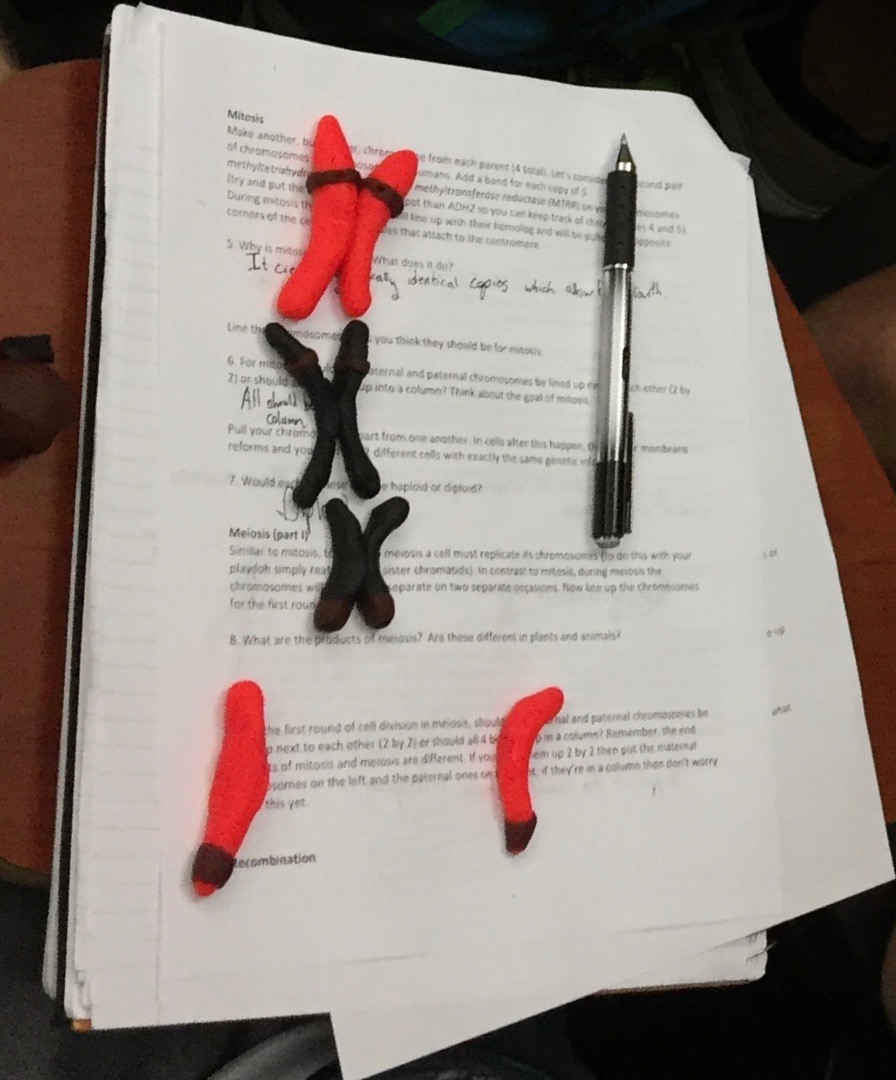Sarah Carey

plant genomics | evolutionary genetics | sex chromosome evolution
Teaching
I have been a Teaching Assistant in the Department of Biology at the University of Florida for Biology II labs, Plant Diversity, and Introductory Botany since Fall of 2014.
Introductory Botany Moss Growth Experiments
I have been working with my advisor Stuart McDaniel and the Introductory Botany instructor Jack Putz to develop a semester-long growth experiment using mosses. Mosses are well-suited for growth experiments for our course (~60 students) because they are smaller than other plants, which allows students to test interesting hypotheses and have proper biological replication within limited lab space. We have been using male and female isolates of the moss Ceratodon purpureus collected from 7 different locations (spanning from Alaska to Southern Chile) for various implementations of the experiments.
The goal of this experiment is to provide our students with an authentic research experience. Throughout the semester students generate an hypothesis and design their experiment, set up their experiment using sterile-tissue culture, collect their growth data using ImageJ, analyze their data in R, and present scientific posters of their results.
In the most recent interation of the lab in Fall 2018, students designed experiments to measure differences in growth of Ceratodon purpureus between sexes and/or populations using standard (16 hours light, 8 dark) and/or altered (8 hours light, 4 dark) light cycles to test hypotheses on sexual dimorphism, natural selection, and circadian rhythms.
In the directory moss_lab you’ll find the lab manual pages provided to students (moss_growth_manual.pdf), my PowerPoint slides for the growth experiment set-up lab (moss_growth_experiments_2018.pptx), our ImageJ protocol (ImageJ_protocol_sbc.pdf), My PowerPoint slides for the data analysis in R lab (intro_bot_moss_growth_R_2018.pptx), the R script students used to to analyse their data (growth_exper_intro_bot_2018.R), and an example dataset for R (Ceratodon_intro_bot_canned_data.csv).
Here’s an awesome write-up about the lab in 2017!
Playdoh Genetics lab
To help my students in Introductory Botany better learn mitosis and meiosis I wrote a lab where students make chromosomes and work through these processes using Playdoh. Here’s a link to the assignment
